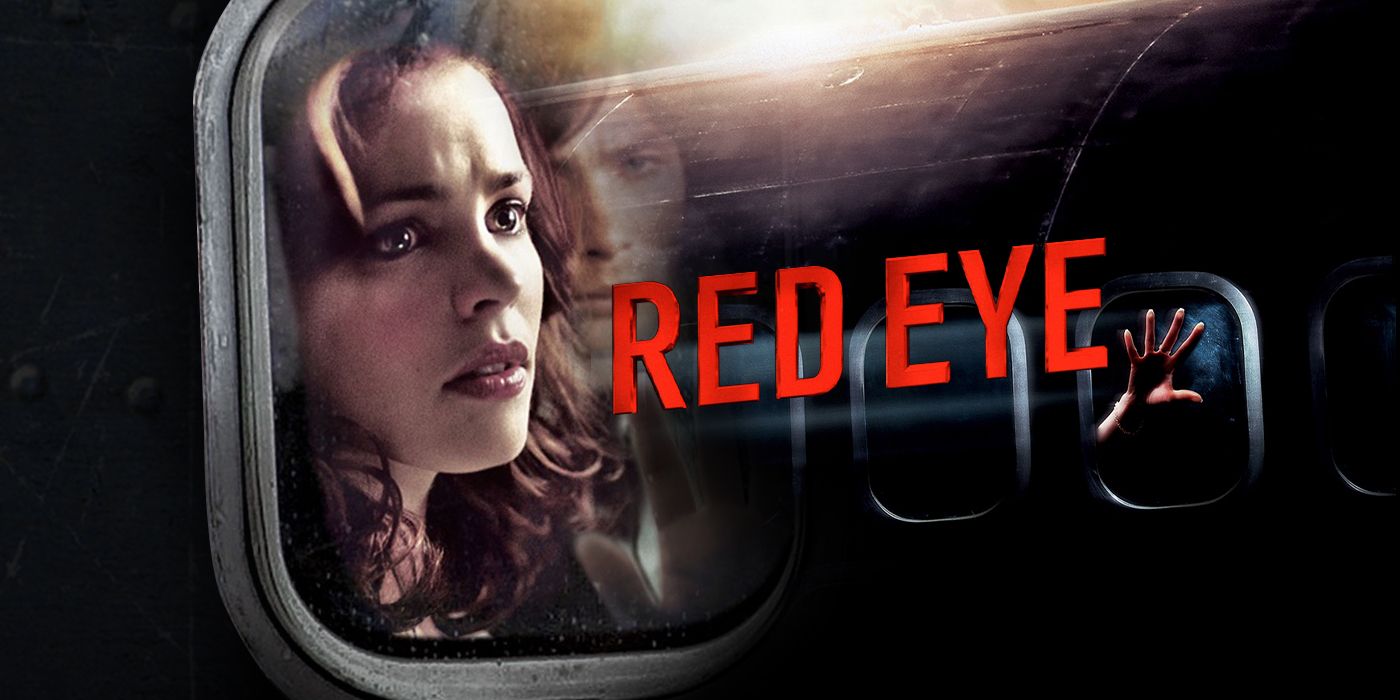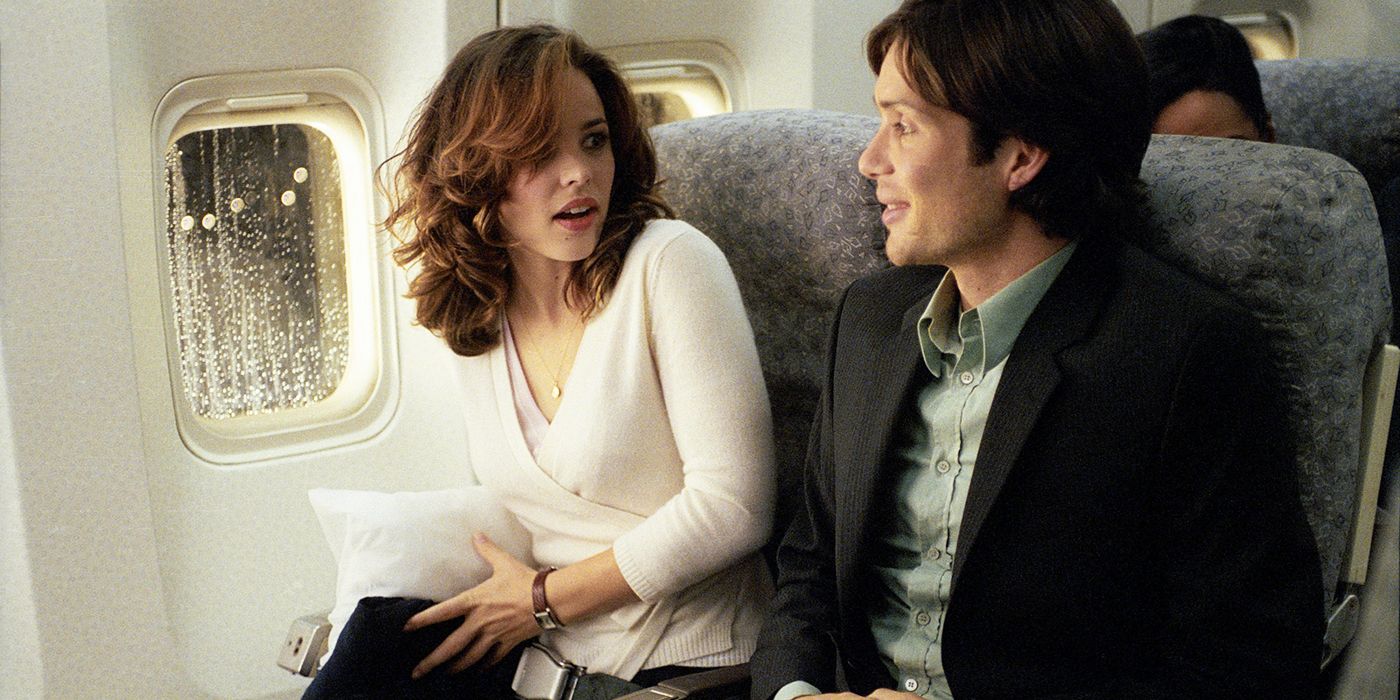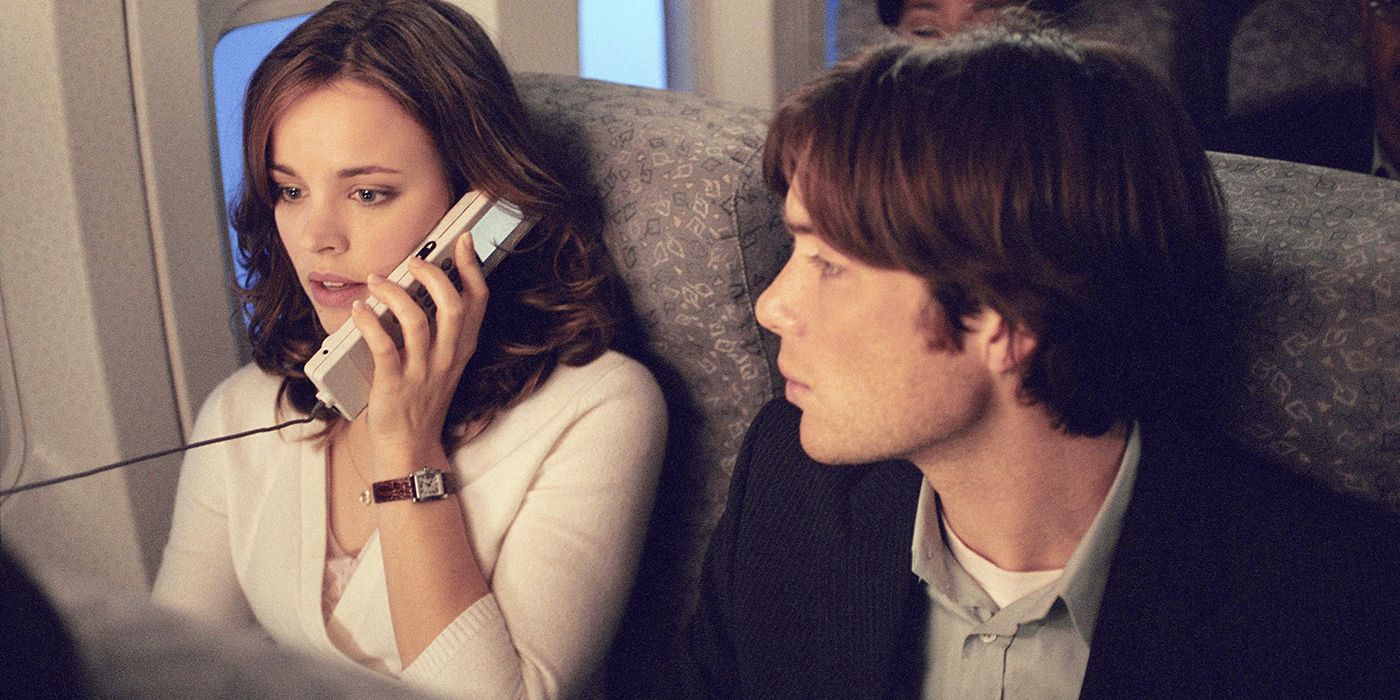Wes Craven’s influence on the horror genre is staggering. Craven would be a legend simply for creating the character of Freddy Krueger in the original 1984 classic A Nightmare on Elm Street, as the invader of dreams is one of the most iconic slasher villains of all time. However, Craven continued to innovate with his films throughout his career. It’s not even that Craven simply created many future classics; he was able to age with the genre and offer self-reflexive commentary with Wes Craven’s New Nightmare and the Scream franchise.
Like the best horror filmmakers, Craven showed a dexterity with his scares; he didn’t simply frighten the audience only with terrifying images (although he certainly had a talent for it), as his films were disturbing on a more psychological level. Craven displayed classical filmmaking techniques that gave him dexterity in the genres he tackled, and his 2005 Hitchcockian thriller Red Eye is a brilliant modern take on the old-fashioned thriller concept.
The film follows Lisa Reisart (Rachel McAdams), a stressed-out hotel manager who is adept at dealing with angry customers and last-minute correspondences. Taking the red-eye flight from Dallas to Miami is just part of Lisa’s routine, but a particularly hectic day and the barrage of phone calls from her protective father Joe (Brian Cox) have made it a particularly long day. She’s used to being picked up by strangers at strange hotel restaurants, but the self-deprecating charisma of the handsome stranger Jackson Rippner (Cillian Murphy) is effective in genuinely charming her.
The two meet for casual conversation and discuss their shared acceptance and resentment of airport culture, as they’re both frequent flyers. In a coincidence that’s seemingly too good to be true, Jackson and Lisa are scheduled for the same flight, and they’re even seatmates. Of course, this is because it's actually no coincidence; Jackson is employed by a terrorist syndicate that is looking to take critical information from one of the guests at Lisa’s hotel. In order to get her compliance in completing the heist, Jackson has placed a hitman outside of the home of her father, forcing her to assist him in the scheme.
What makes Red Eye more successful than other recent “flight gone wrong” Hitchcock knockoffs like Non-Stop or 7500 is the skill in which Craven uses the intense situations to craft his characterizations, and it doesn’t hurt that he’s working with a great cast who has experience bringing dramatic weight to genre material. In many ways, McAdams' Lisa isn’t indifferent from the finals girls of Craven’s horror films, like Neve Campbell’s Sidney Prescott or Heather Langenkamp’s Nancy Thompson, she’s placed in an unthinkable scary situation and must use practical problem-solving skills to become an unlikely hero.
The thriller genre is often retrograde in its depiction of female characters, but Craven has always shown a sensitivity to female empowerment, and as a result, McAdams delivers one of her most underrated performances in Red Eye. Lisa is specifically targeted because of her skills; she’s adept at handling the pressures of her management role, and the position of influence is what causes Jackson’s group to target her. It's exciting because Lisa uses these skills that initially made her vulnerable to her advantage; she knows how to plan multiple conversations at once and subdue stressful situations a little too well, and Jackson is convinced by her helplessness when she’s actually being more active.
It's said that the horror genre is often about trauma and is particularly evident within Craven’s work, and he brings these similar themes to Red Eye by fleshing out Lisa’s past. After Jackson momentarily succeeds in getting Lisa to break down, she reveals that a scar on her chest is a painful reminder of a violent assault she endured two years prior. Her victimization doesn’t define her, but it's a powerful motivation for Lisa to take command of the situation. The disturbing history doesn’t feel cheap and exploitative; it comes at a natural point in the story and thus explains the nervous calls Lisa receives from her father.
The father-daughter relationship is a fairly straightforward bond, but it's vital in giving the story more emotional stakes and contextualizing the story outside of the events on the plane. Brian Cox delivers a slightly unexpected performance (his caring older father couldn’t be more different than Succession’s Logan Roy), and his simple calls asking about Lisa’s safety are very heartfelt. Craven doesn’t feel the need to pepper their conversations with needless exposition or a barrage of constant in-jokes to remind the viewer how much the two care about each other, as McAdams and Cox are subtle in their performances so that their affection is evident from even small talk.
Craven is of course known for creating iconic slasher icons, but Cillian Murphy’s subverted charisma is a different type of monster. The casting is particularly brilliant because Murphy has always been a unique performer who is somewhere in between leading man and character actor. He doesn’t initially seem to Lisa like he’s an all too handsome stranger who is the man of her dreams, but rather another disheveled and overworked average joe who happens to understand what she’s going through.
Once the plot is revealed, Craven expertly uses Jackson’s quick wit to incorporate creative kills that don’t break the tension on the plane by alerting other customers. It becomes a fascinating battle of wits; Jackson is only targeting Lisa and doesn’t want to cause a commotion, so he doesn’t hold all of the cards by holding her father hostage. It's an interesting twist on the familiar premise, and Craven continues to innovate by actually moving the third act off the plane itself. Generally breaking from the constrained environment would feel like jumping the shark and counterintuitive to the original logline, but the momentum of the story and strength of the characterization doesn’t disappear when Red Eye changes setting.
Craven spares no expense; at a tight 85 minutes there isn’t a moment of fat in Red Eye, and the story is completely wrapped up in a satisfying way that doesn’t require any continuation. Red Eye feels like the type of mid-budget thriller that Hollywood doesn’t make anymore, yet Craven’s subtle incorporation of the lessons he’s learned from his horror career make it more than a fun throwback to a faded genre. The “Master of Horror” will always be remembered for defining an entire genre, but with Red Eye craven proved he wasn’t limited to it.



